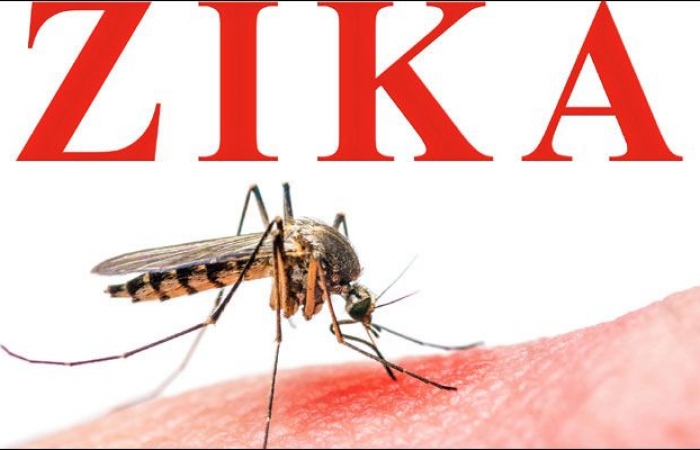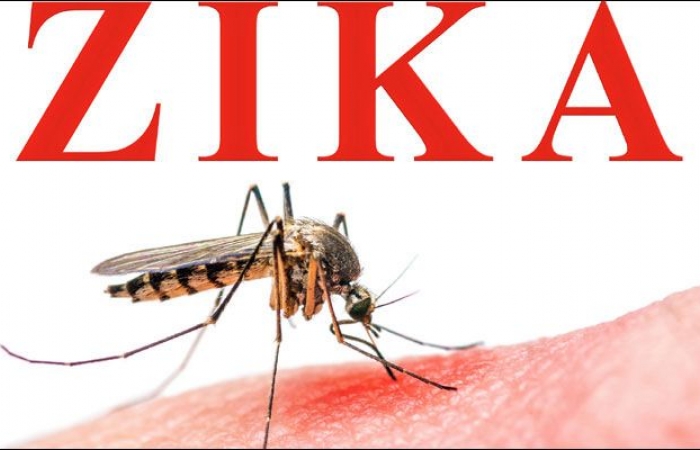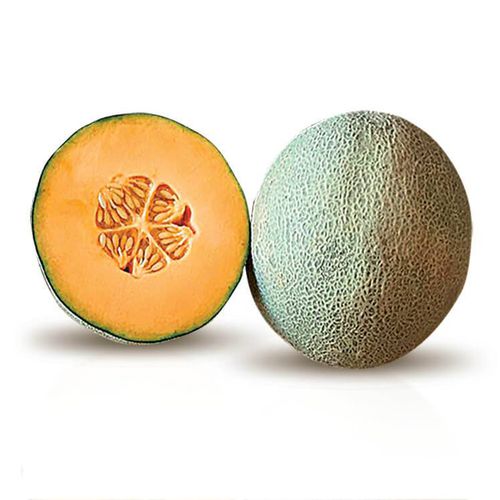Zika may be spread by 35 mosquito species: study
Thu 02 Mar 2017, 13:09:51
Zika virus could be transmitted by 35 mosquito species, including 26 previously unsuspected ones, according to a new predictive model created by scientists.
The findings by ecologists at the University of Georgia (UGA) and the Cary Institute of Ecosystem Studies in the US offer a list of 26 additional potential candidate species - including seven that occur in the continental US.
"The biggest take home message is that these are the species that we need to prioritise," said Michelle V Evans, a UGA doctoral student in ecology and conservation.Targeting Zika's potential vectors - species that can transmit the virus from one host to another - is an urgent need, given its explosive spread and the devastating health effects associated with it.
It is also time-consuming and expensive, requiring the collection of mosquitoes in affected areas, testing them to see which ones are carrying the virus, and conducting laboratory studies.The new model could streamline the initial step of pinpointing Zika vectors, researchers said.
"What we have done is to draw up a list of potential vector candidates based on the associations with viruses that they have had in the past as well as other traits that are specific to that species," said Courtney C Murdock, an assistant professor in the UGA School of Veterinary Medicine.
"That allows us to have a predictive framework to effectively get a list of candidate species without having to search blindly," said
Murdock.The researchers developed their model using machine learning, a form of artificial intelligence that is particularly useful for finding patterns in large, complicated data sets.
Murdock.The researchers developed their model using machine learning, a form of artificial intelligence that is particularly useful for finding patterns in large, complicated data sets.
It builds on work done by Barbara A Han of the Cary Institute, who has used similar methods to predict bat and rodent reservoirs of disease based on life history traits.
Data used in the model consisted of information about the traits of flaviviruses - the family that includes Zika, yellow fever and dengue - and all the mosquito species that have ever been associated with them.
For mosquito species, these included traits like subgenus and geographic distribution as well as traits relevant to the ability of each species to transmit disease, such as proximity to human populations, whether they typically bite humans and how many different viruses they are known to transmit.
For viruses, traits included how many different mosquito species they infect, whether they have ever infected humans and the severity of the diseases they cause.Analysing known mosquito-virus pairs, the researchers found that certain traits were strong predictors of whether a linkage would form.
They used the model to test the combination of Zika virus with all the mosquito species known to transmit at least one flavivirus.The model found 35 predicted Zika vectors, including 26 previously unsuspected possibilities.
The finding was published in the journal eLife.
No Comments For This Post, Be first to write a Comment.
Most viewed from Health
AIMIM News
Owaisi Begins Election Campaign in Hyderabad
Apr 13, 2024
Bring back Indian workers in Israel: Owaisi
Apr 13, 2024
Darussalam to be closed tomorrow
Apr 06, 2024
Latest Urdu News
Most Viewed
May 26, 2020
Do you think Ruturaj Gaikwad would be a good captain for Chennai Super Kings?
Latest Videos View All
Like Us
Home
About Us
Advertise With Us
All Polls
Epaper Archives
Privacy Policy
Contact Us
Download Etemaad App
© 2024 Etemaad Daily News, All Rights Reserved.































